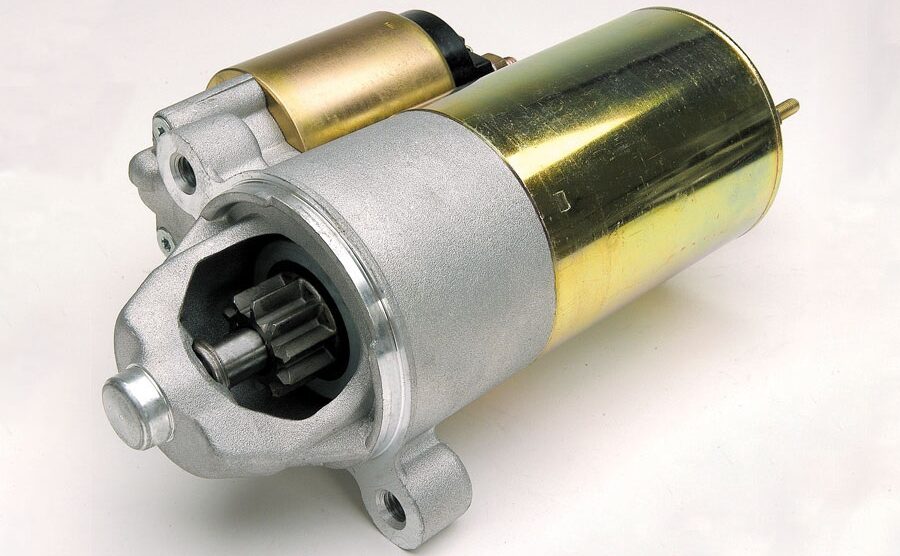There’s a good probability your starter motor requires maintenance if your car won’t start and all you hear is clicking or complete silence. Although replacing a malfunctioning starting motor may seem difficult, you can do it yourself if you have the necessary equipment and know-how. We’ll take you step by step through the procedure in this guide to make sure your car is back on the road as soon as possible.
Making a Diagnosis
Accurate diagnosis is essential before beginning the replacement procedure. Verify that the starter motor is the source of the problem and not the ignition switch, battery, or other parts. If you’re unsure, seeking professional advice from Auto Repair Services in Mandan, ND or making use of diagnostic tools can help put things in perspective.
Compiling Equipment and Supplies
Before beginning the replacement, make sure you have all the required instruments and supplies. Usually, you’ll need a set of wrenches, a set of sockets, screwdrivers, and maybe a jack and jack stands if the starter motor is accessible from below the car. Furthermore, prepare a spare starter motor.
Getting Help from a Professional If Needed
It’s a smart move to get help from an auto repair service if you’re not confident or skilled doing auto repairs. Residents in Mandan, North Dakota, can depend on trustworthy auto repair companies like KW Auto Repair for knowledgeable support with starting motor replacements and other automobile problems.
Cutting the Battery Off
When working on cars, safety should always come first. To start, unplug the batteries to avoid any electrical accidents. In order to prevent unintentional shocks or short circuits during the replacement procedure, this step is essential.
Finding the Motor Starter
Usually situated close to the engine’s bottom, the starter motor is attached to the transmission bell housing. Consult your car’s handbook or internet sources to determine its precise placement. Lifting the car or removing other parts may be necessary to reach the starter motor, depending on the make and type of your car.
Taking Out the Outdated Starter Motor
After locating the starter motor, take care to undo the mounting nuts and any electrical connections holding it in place. Because you will need to reinstall the new starter motor in the same way, pay attention to the position of these connections and bolts.
Setting Up the Fresh Starter Motor
It’s now possible to install the new starter motor after removing the old one. Reattach the electrical connections and mounting bolts after making the necessary alignments. Verify again that everything is safe to guarantee optimal performance.
Conclusion
With confidence, you can replace a damaged starting motor and get your car back on the road without having to pay for and deal with professional assistance if you follow these procedures. But don’t be afraid to ask for help from knowledgeable experts if you run into any problems or have any doubts at all.








